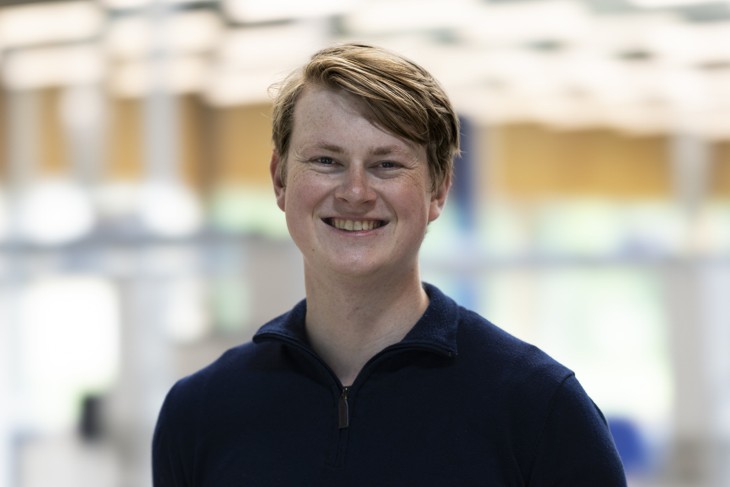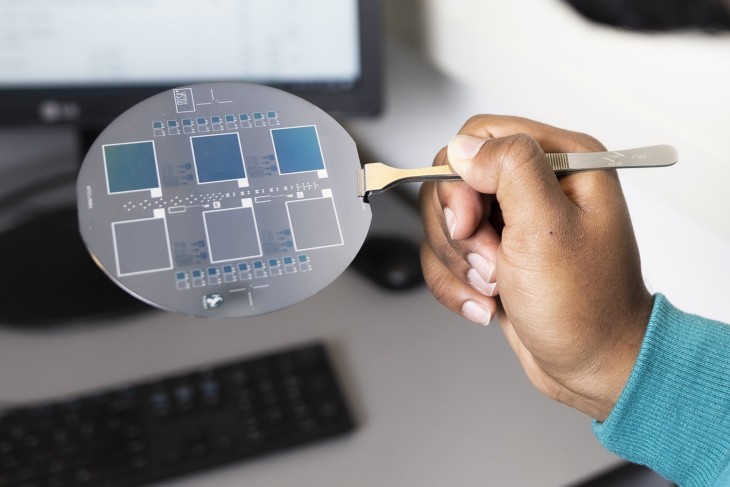“I did my Bachelor’s in Environmental Sciences in Singapore. I've always been interested in environmental management and wanted to build a career in this field. But I realised I wanted more technical skills to complement the general knowledge from my undergraduate studies. That’s why I looked for a master’s programme that could give me a deeper understanding of remote sensing and machine learning. The Master’s in Geo-information Science and Earth Observation at the University of Twente seemed like the perfect fit.
The courses cover topics I’m interested in, such as radar remote sensing and hazard modelling. For example, I took a course where we explored how machine learning can be used to analyse satellite imagery. In another course, we studied methods to model natural hazards, such as landslides.
Environmental applications
I explain the programme by comparing it with Google Maps. It’s like switching from street to satellite view: suddenly you see everything from above. That’s essentially what we study but on a much deeper level. Remote sensing means gathering data without being physically there: this can be done using sensors or satellites that capture images and measurements of the Earth.
The applications are endless. For example, you can track deforestation and help conserve forests, monitor crop growth, plan urban expansion, or manage natural disasters. I’m interested in many areas, and one of them is disaster risk reduction: how can we use data and models to predict when and where natural disasters might occur?
Learning through real-world cases
A big part of the programme is working on real-world cases. There are many assignments I enjoyed, and one of them was using radar remote sensing to map the movement of glaciers. In many places, glaciers are melting due to global warming. These changes lead to different hazards, such as sea level rise and glacial lake outburst floods that threaten ecosystems and communities.
I used satellite imagery from freely available data portals by NASA and the European Space Agency. It was challenging because one method wouldn't work, and I had to adapt to another — but this is all part of the learning experience. By the end of the project, I could process radar data and use it to understand glacier dynamics, like how ice flows and changes over time. This is important for monitoring the effects of climate change and for managing water resources. I also learned how important it is to select suitable methods based on the available data.
Land deformation
I'm now working on my thesis project. I’m investigating how slopes in Turkey deform over time and what environmental factors cause the deformation. Land deformation is a global issue: for example, Jakarta and Mexico City are sinking. At the same time, slopes in mountainous regions may deform due to landslides or in turn cause landslides. My research is about how factors such as rainfall, temperature, ground material, and slope steepness influence these processes.
I’m combining data from multiple sources and feeding it into deep learning models. These models help analyse both spatial relationships (for example, how land movement in one area affects nearby regions) and temporal relationships (for example, how deformation changes over time). The site in Turkey is a good study area because it has a wide range of conditions — slopes that vary in height (from 300 meters to 3000 meters above sea level), ground materials, and weather. This way, I can study different scenarios. By understanding land deformation, I can help communities prepare for landslides that threaten lives, infrastructure, and nature.
Looking ahead
After graduation, I hope to work in environmental science, conducting research or building models to predict and explain environmental challenges. This Master's has equipped me with technical skills and built my confidence. I’m excited about the opportunities ahead!”



